The Two-Step Flow Theory
In the fashion and beauty industries, the two-step flow theory plays a crucial role in influencing our purchasing decisions. Initially developed by Paul Lazarsfeld in the 1940s, this theory explains that media messages only reach the general audience indirectly. Instead, they first reach opinion leaders—individuals who interpret and filter this information before passing it on to their followers. As Lazarsfeld noted, most people are not directly influenced by media but rather by the influence of their acquaintances and opinion leaders.(Weimann, G. (2001) ).
The Two-Step Flow Theory to the Social Media Era
Many marketing companies nowadays have started to use social media, and consequently, also the image of influencers, to promote various types of products. Thanks to today’s social platforms, primarily Instagram, TikTok, YouTube and Snapchat, they are also becoming an ideal marketing tool. Due to their huge online reach, influencers significantly influence our decisions – especially when it comes to the products we buy. Fans are often guided by their example, the desire to be similar to their ideals, and, in most cases, copy their behaviour. Recipients are more inclined to trust influencers than traditional advertising methods. By showing their lives and sharing information about themselves, they build a kind of tower with their fans. They gain their trust and create a community. This strong bond leads to greater loyalty and a higher level of interaction.
“In the age of social media, where trust is a key factor, the authenticity of influencers can outweigh traditional advertisements”
K. Freberg (2011)
How Kylie Jenner Utilized the Two-Step Flow Theory
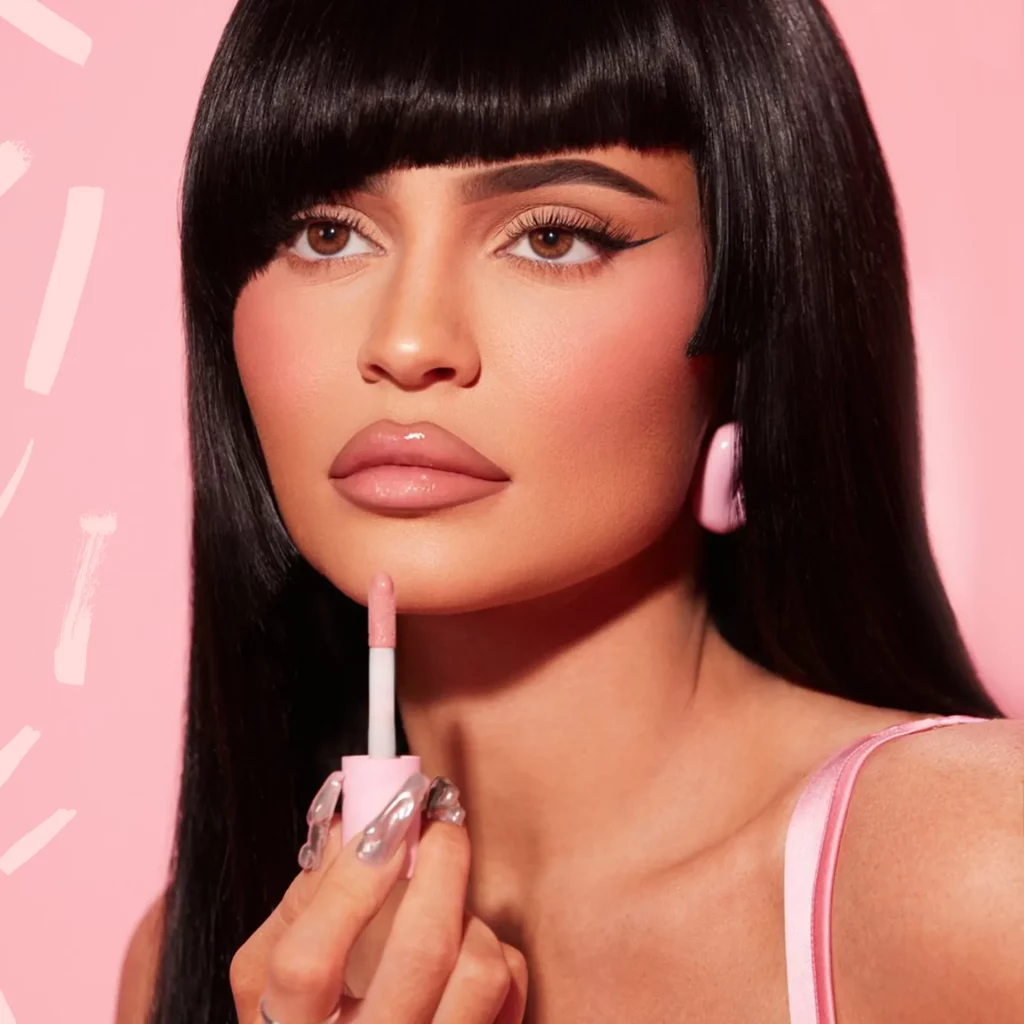
A contemporary example of effectively leveraging the Two-Step Flow Theory is Kylie Jenner, who created the cosmetic empire Kylie Cosmetics. Kylie is one of the most recognisable people in the world, perfectly fitting the model of an opinion leader. Her vast reach on social media ensures that her message first reaches millions of followers who track her every move, including her product recommendations and reviews.
Kylie did not rely solely on traditional marketing methods when promoting her initial cosmetic products. She regularly showed how she used her products on social media platforms. She used her role as an online opinion leader to reach a broad audience. Her Instagram and Snapchat posts attracted millions of fans who saw her as an authority on beauty and fashion.
“It’s the power of social media, I had such a strong reach before I was able to start anything”
Kylie Jenner (2019)
The information about cosmetic products originally came from something other than the company to consumers. Instead, it was first shared by Kylie, whose opinions carry significant weight for many people. Her followers consume the content and share the information, recommending cosmetics to their friends. Research indicates that “verbal recommendations from close individuals are among the most effective ways to influence purchasing decisions.”
REFERENCE:
- (Weimann, G. (2001) Two-step flow of communication, Two-Step Flow of Communication – an overview | ScienceDirect Topics. Available at: https://www.sciencedirect.com/topics/social-sciences/two-step-flow-of-communication (Accessed: 20 October 2024)
- Freberg, K. et al. (2010) Who are the social media influencers? A study of public perceptions of personality, Public Relations Review. Available at: https://www.sciencedirect.com/science/article/abs/pii/S0363811110001207 (Accessed: 20 October 2024).
- Robehmed, N. (2019) At 21, Kylie Jenner becomes the youngest self-made billionaire ever, Forbes. Available at: https://www.forbes.com/sites/natalierobehmed/2019/03/05/at-21-kylie-jenner-becomes-the-youngest-self-made-billionaire-ever/ (Accessed: 20 October 2024).

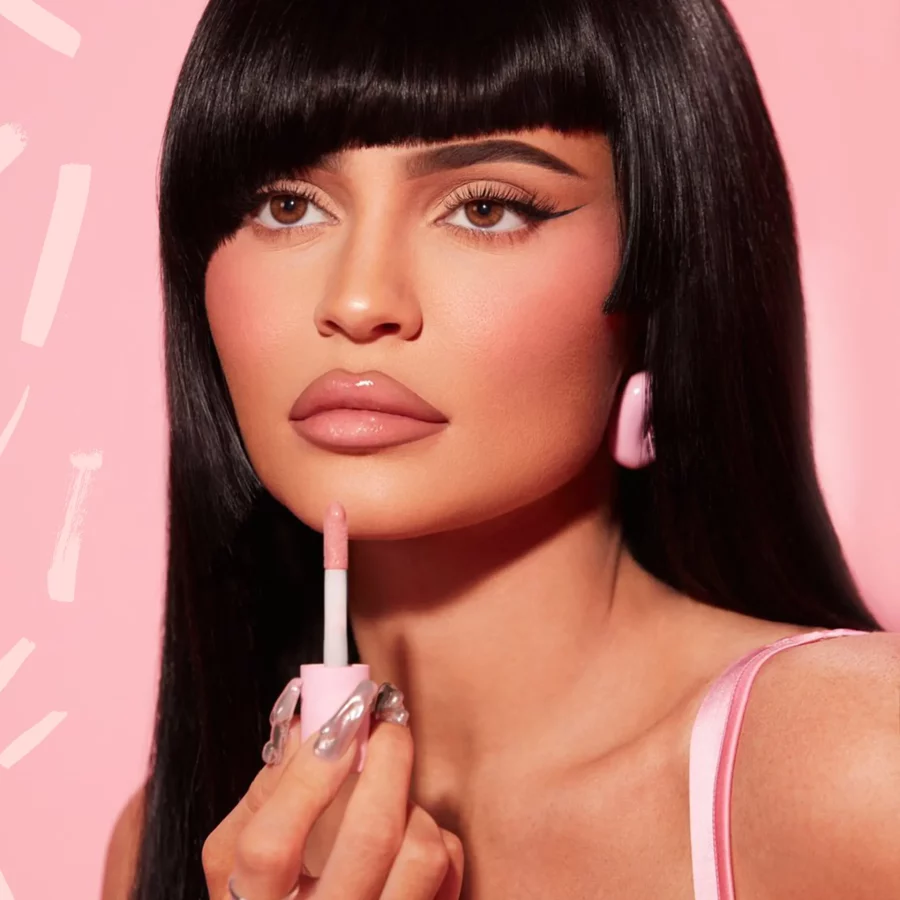
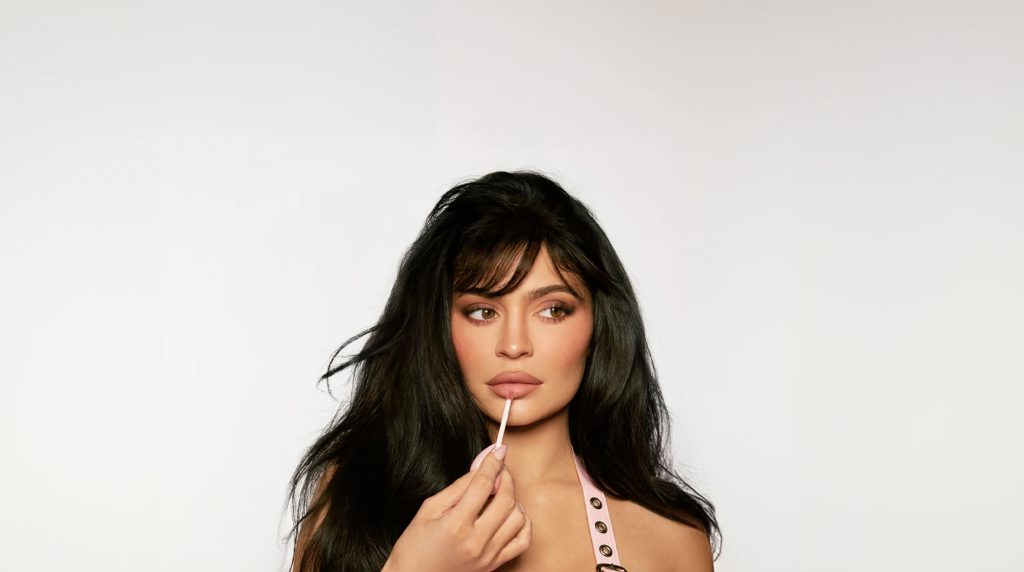
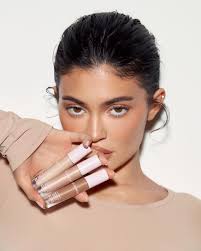
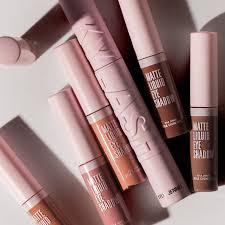
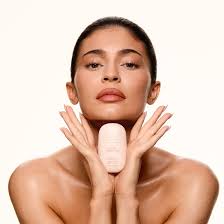
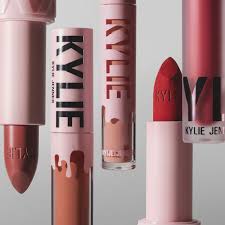
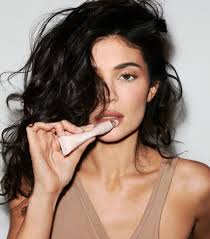
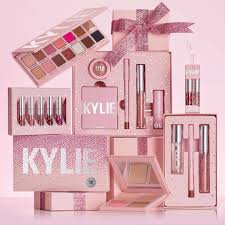
Good take on how influencers create our shopping carts!
I love how you used a very relevant example for this theory! Kylie Jenner is definitely a huge opinion leader, and a lot of people will lean into her recommendations.
Based on her reputation, do you think audience’s trust in her changes over time? Or do you think she has secured herself a place of permanent costumer trust?
She launched other brands aside from Kylie Cosmetics, and arguably those have performed much worse. Do you think the marketing is to blame? Or has her position as an opinion leader been dethroned?
I like the layout of it as well – you broke up chunks of text through images and quotes from Jenner herself.
Would be good if you used some statistics to make us understand how big of an impact she makes as an influencer.
I think this article reveals how Netroots can influence consumer behaviour as opinion leaders, while also pointing out the potential manipulation of their influence by commercial interests. It reminds us that we need to keep a critical mind when following the recommendations of Netflix, identify authentic and commercialised content, and show the importance of social media for consumer influence in a clear and concise manner.
Your article provides a unique insight into the current development of social media and the influence of Internet Celebrities based on the Two-Step Theory. With the continuous development of social media, more and more Internet Celebrities are influencing consumers to choose and buy products based on their strong influence, which, to a certain extent, leads to the current consumer purchasing decisions dominated by the influence of Internet Celebrities rather than the quality of the product or the product service itself. Currently, there are a lot of marketing messages in social media, especially by social media, which influence consumers’ purchasing decisions based on their large fan base. Your article has further enabled me to make my purchasing decisions based on factual discernment and the product itself, rather than just chasing the recommendations of Internet Celebrities. Thank you for your article which enables me to be more rational in my future cosmetic shopping.